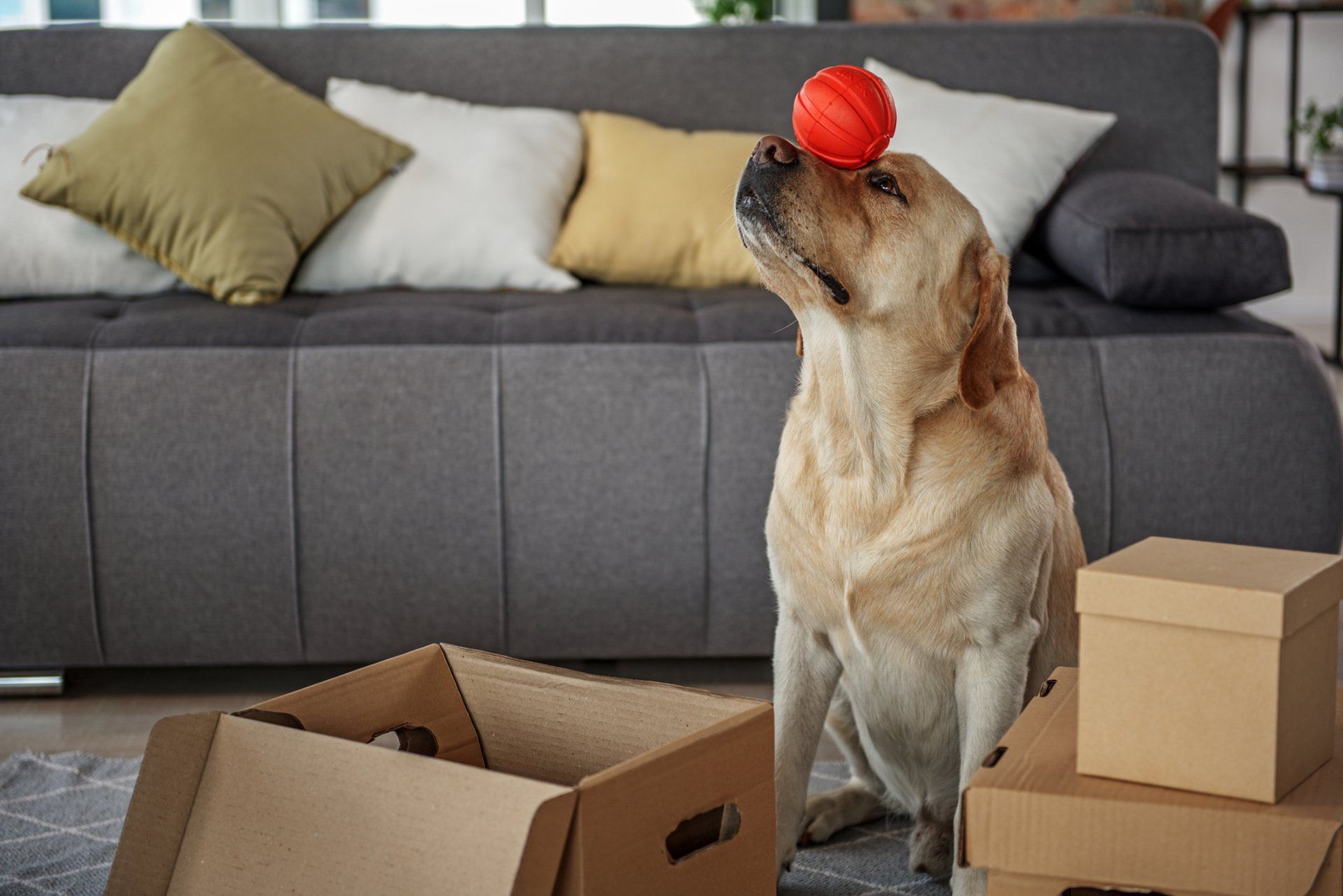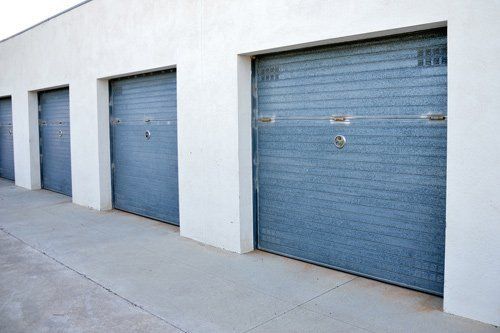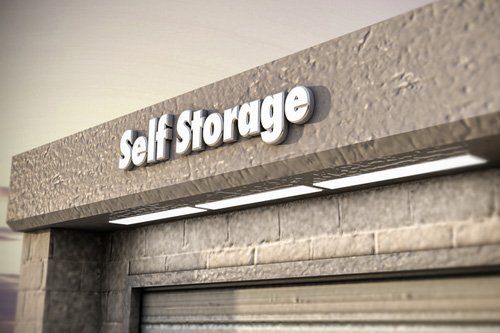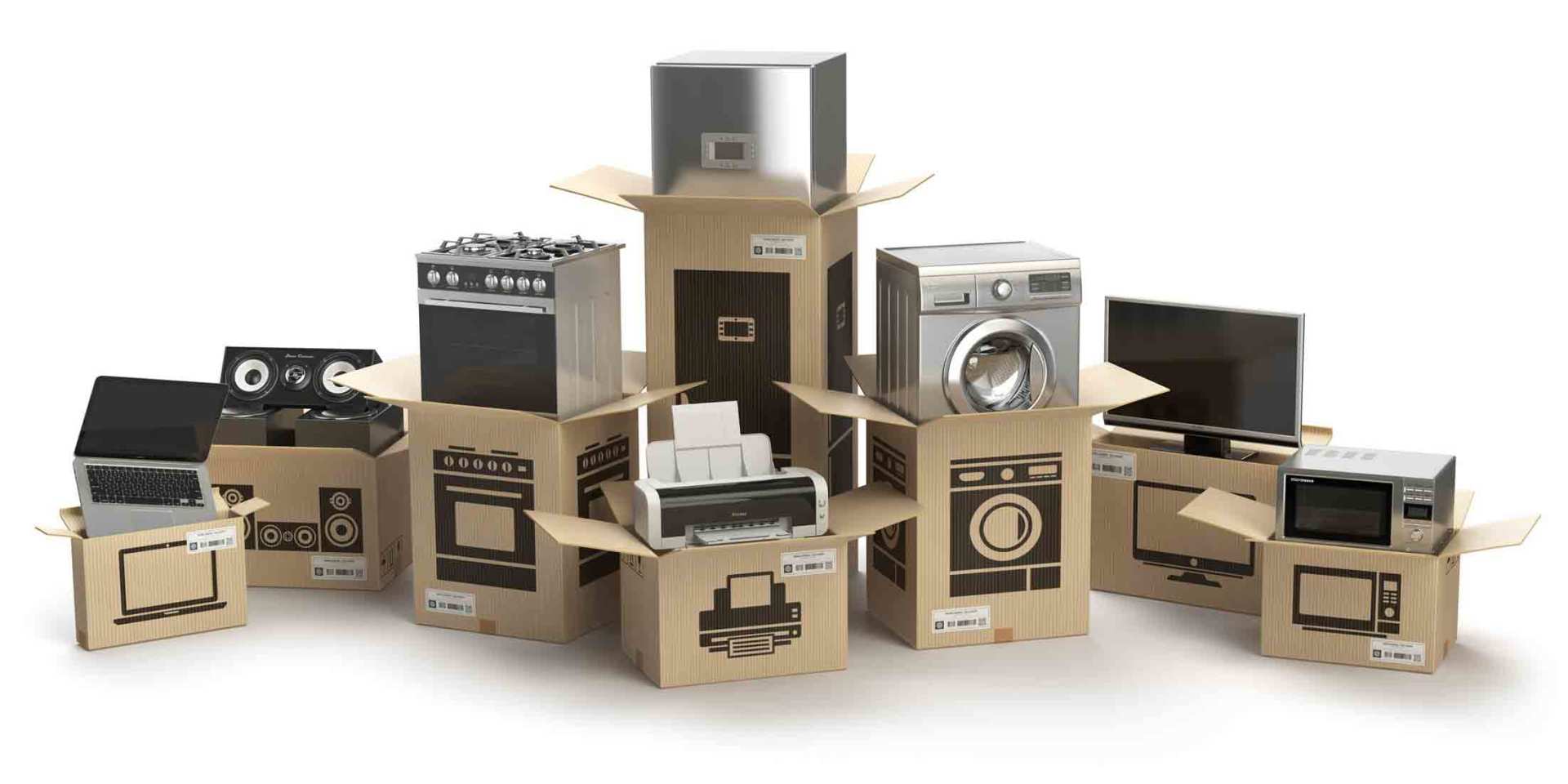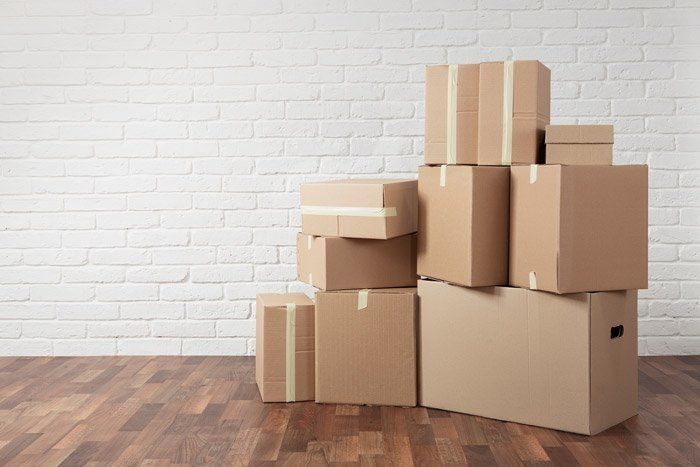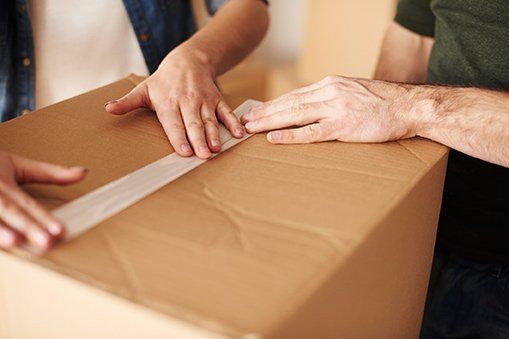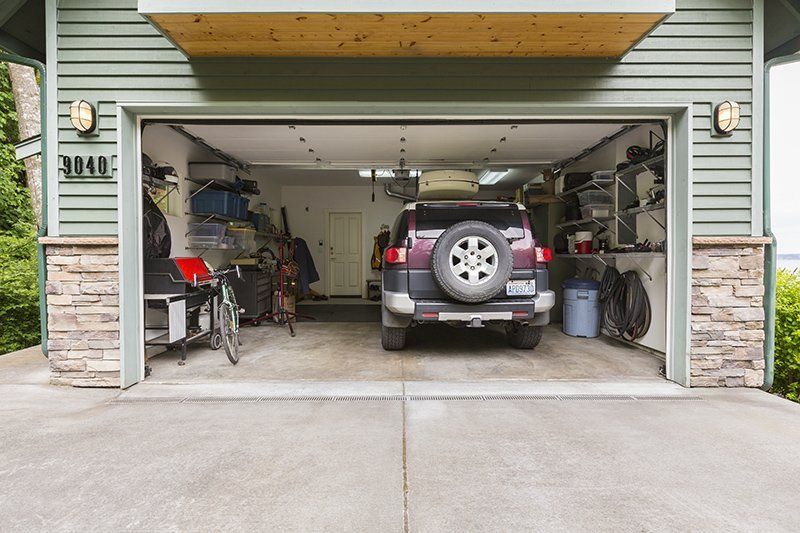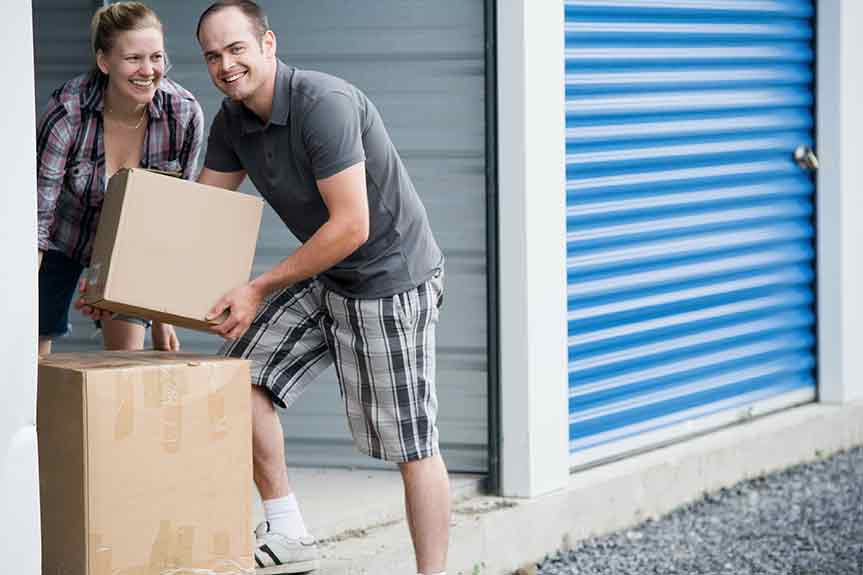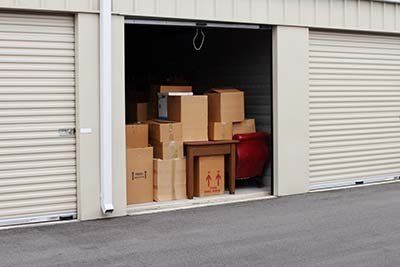Blog Layout
STORAGE SOLUTIONS TO WINTERIZE YOUR YARD
November 28, 2018

Your backyard adornments weren't made to withstand the harsh winter elements. Leaving outdoor items in the yard year-round can result in serious damage, including rust and mold growth. While you could bring everything inside, a self-storage unit is your best bet during the weather months. If you're not sure how to store your outdoor accessories and equipment, take a look at what you need to know about winterizing your yard.
PATIO FURNITURE
Even though patio furniture is made to stay outdoors, rough winter weather can cause excessive wear and tear. Storing your table and chair set can keep it looking better for longer, saving you money over time. Outdoor items made from wrought iron are susceptible to rust, plastics can crack or chip, wood can rot, and fabrics can tear, fade, or grow mold when blanketed with snow or ice for extended periods of time.
Before bringing the items in for storage, make sure that they're completely clean and dry. Leaf residue, dirt, and water from autumn rain or condensation can all cause damage if left to set. After removing debris, dirt, and moisture, carefully wrap the items in plastic sheeting.
Store upholstered or fabric-covered items, such as cushions or umbrellas, separately. Again, wash and dry these items prior to storage. Place cushions and similarly-sized items into a plastic bin or box. Wrap oversized items, such as patio umbrellas, in plastic or a tarp.
GARDEN TOOLS
Like patio furniture, garden tools are made for outdoor use, but this doesn't necessarily mean that they'll stand up to the winter weather. If you leave these items outside or pack them into a leaky shed, they can rust - requiring you to buy an entirely new set of equipment next spring.
Thoroughly clean dirt and debris from your gardening tools prior to storing them. Never leave grass or plant clippings on the blades of trimmers, clippers, or shears. Use a steel brush to remove heavily soiled areas or small rust spots on all metal components. Never store damp garden tools - this is a recipe for rust.
After cleaning, completely dry your tools before placing them in a plastic bin. Avoid cardboard boxes when storing clippers or other sharp garden tools. The edges of the tools can puncture the box, tearing it enough to allow moisture in.
You don't need to place over-sized items in a box. Wrap larger items, such as shovels, with plastic sheeting or in a tarp before storing.
POWER TOOLS
The lawn mower, hedge trimmer, edger, and other power equipment items shouldn't sit in your shed all winter. You'll save serious cash if you keep these often-expensive electrical or gas-powered items safe until the next growing season starts.
Always disconnect the spark plug prior to working on your mower or other similar outdoor equipment. Failure to do so can result in the item accidentally starting, causing serious injury. If you're not sure how to disconnect the spark plug, contact a qualified repair technician. The professional can remove the spark plug and winterize your outdoor machines.
If you're comfortable disconnecting the spark plug and cutting off all power to the machine, empty the gas tank. Last year's gas in the mower or weed trimmer can cause carburetor problems if left to get stale. Along with emptying the gas tank, remove the blades (very carefully) and drain the oil. Again, if you're not comfortable with any of the steps in this process, have a professional winterize your mower and other outdoor equipment prior to storing it.
CHILDREN'S PLAYTHINGS
While an anchored swing set can stay put, your child's paddling pool, plastic playhouse, and other similar items should all go into storage. Clean the items with mild detergent and warm water, completely drying them afterwards. If you can disassemble the items, do so before storing them. This saves space, reducing the clutter in your storage unit.
Do you need to store your outdoor items? Contact Oakdale Self Storage
for more information.
Share
Tweet
Share
Mail
AREAS SERVED
Meriden, Shelton, Cheshire, Ansonia, Seymour, Stratford, Wallingford, Trumbull, Bridgeport, Hamden, North Haven, CT & Surrounding Communities

